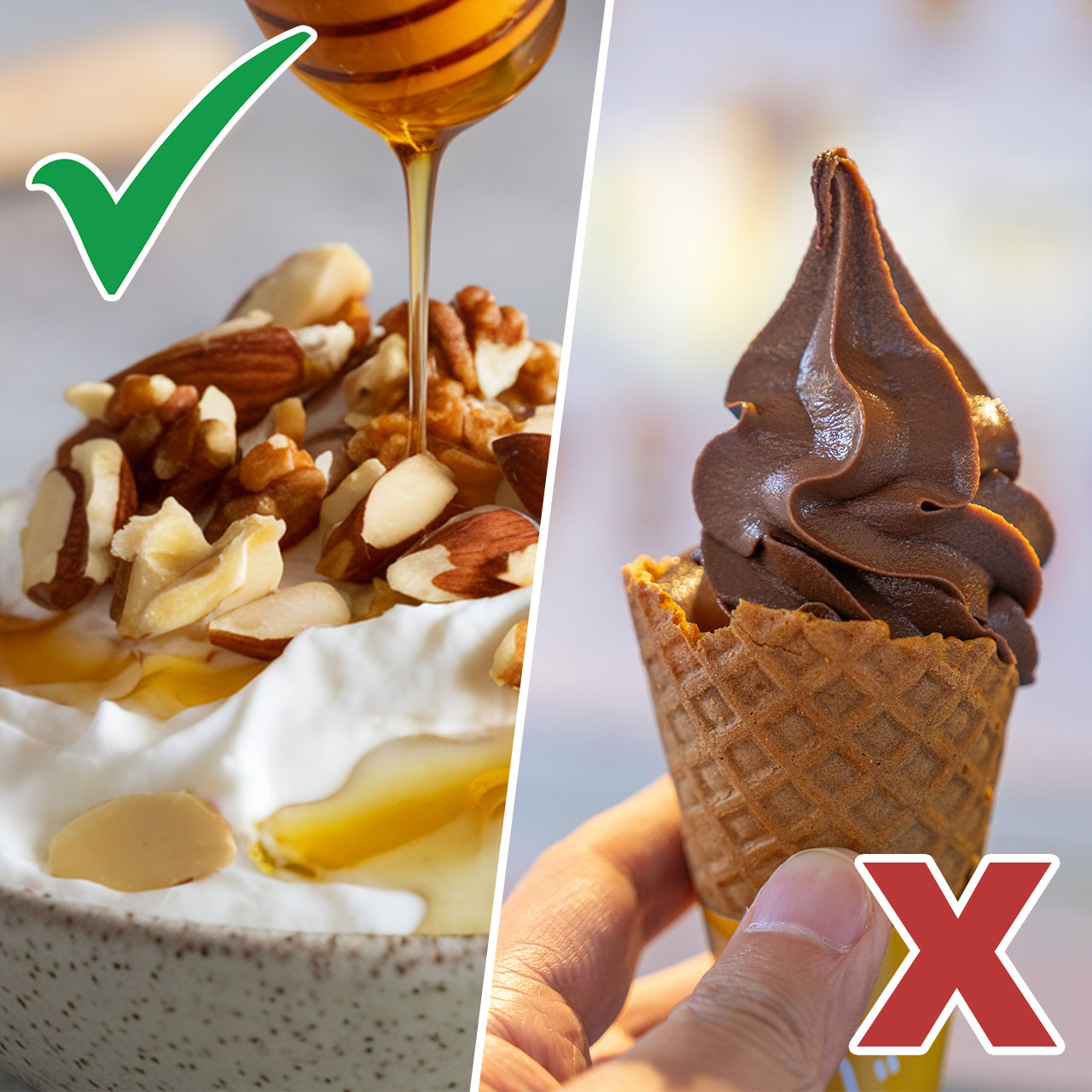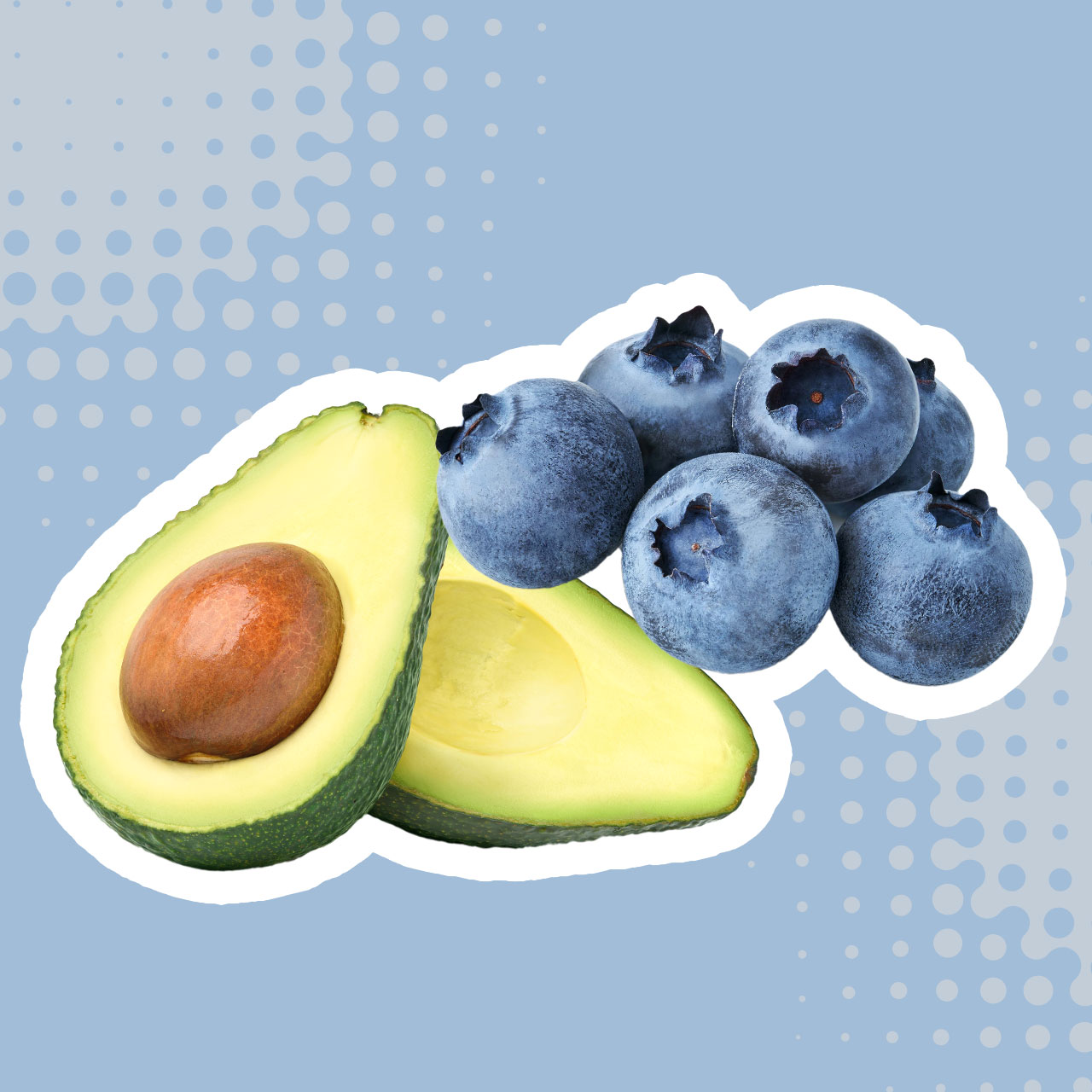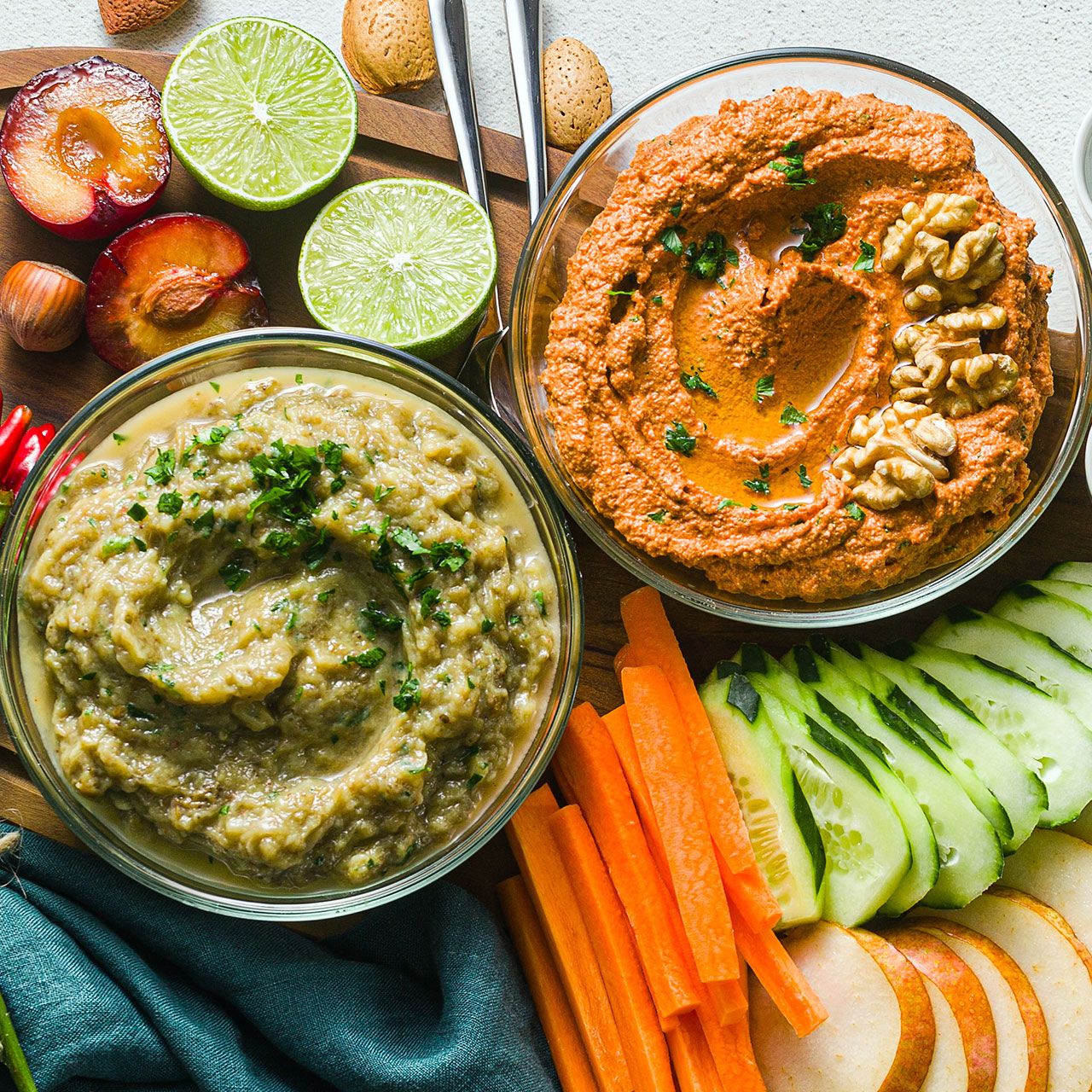The taste of white bread is undeniably classic, and can be nostalgic (think: Wonder Bread and similar brands). As timeless and convenient this processed food might be, health experts warn that its added sugar, chemicals and other additives can greatly deter your health over time, and products like this often lack nutrients that other bread types can provide, instead. We checked in with registered dietitian Trista Best, registered nutritionist Jay Cowin, NNCP, RNT, RNC, CHN, CSNA and Christine VanDoren, CN, CPT, certified personal trainer and nutritionist to learn more about the drawbacks of white bread and its healthier alternatives.

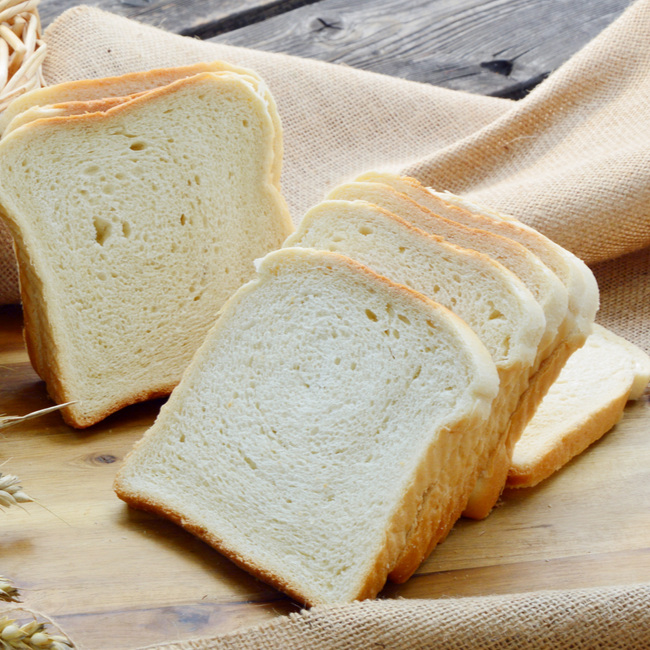
How Processed White Bread Can Deter Your Health Goals
When it comes to shopping for bread, it can be overwhelming because of how many choices are out there, VanDoren acknowledges. The ingredient lists tend to be fairly long, and most of the time you don't even know what is considered healthy. “One thing that is fairly certain is that white bread shouldn't be what you reach for,” she says.

White bread is not only “unhealthy,” but also “won't be an ally” on your health improving or possible weight loss journeys, she adds. It is “higher in calories,” than other breads, “low in fiber, lower in protein, has minimal nutrients, and is not filling (which might lead you to reach for more,” she explains. White bread, VanDoren also points out, “can contain bleached flour, may contain unhealthy oils and usually contains artificial ingredients,” as well. “White bread is lower in dietary fiber than whole grain bread options,” Best agrees. This, she stresses, makes white bread “less able to lower cholesterol, prevent overeating,” and feed healthy gut bacteria.
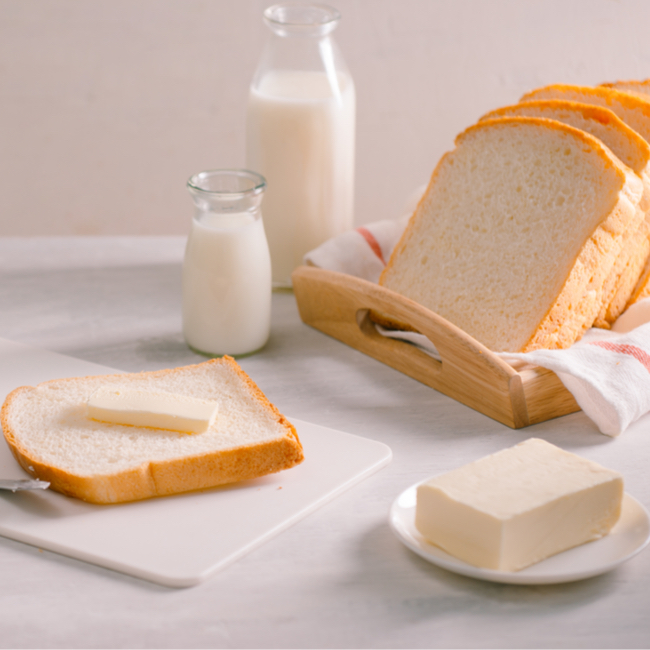
Cowin dubs white bread the “least healthy type of bread” since it's often made from refined flour, a carbohydrate that is “stripped of its nutrients during the milling process.” This bread also contains high levels of sugar and sodium, which he adds can contribute to health problems like obesity and heart disease.
“If you're looking for a healthy alternative to [white bread], I suggest using whole grain bread instead,” Cowin advises. “Whole grain bread is made from flour that includes the entire grain, including the bran, the endosperm, and the germ.” It has fewer calories than white bread and is high in fiber and nutrients, Cowin concludes, which can “help to regulate blood sugar levels and keep you energized throughout the day.” Sounds like a win-win!










